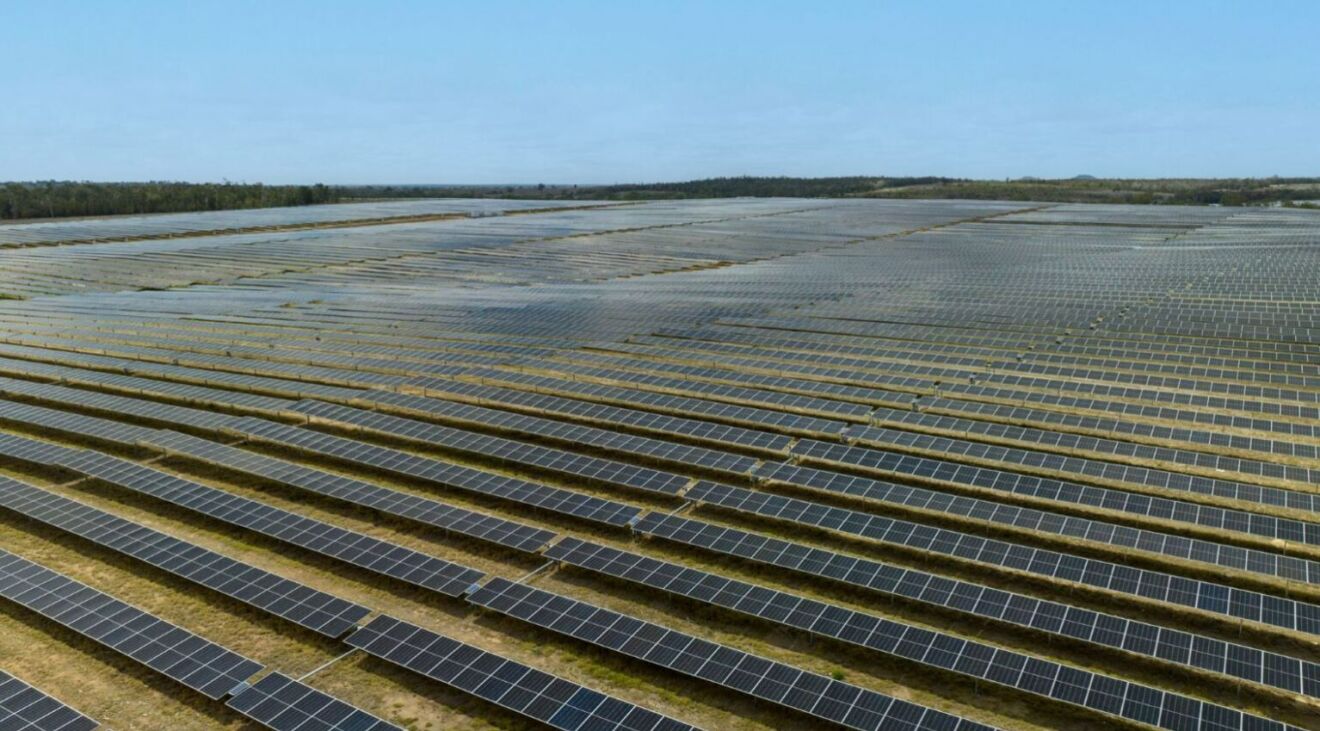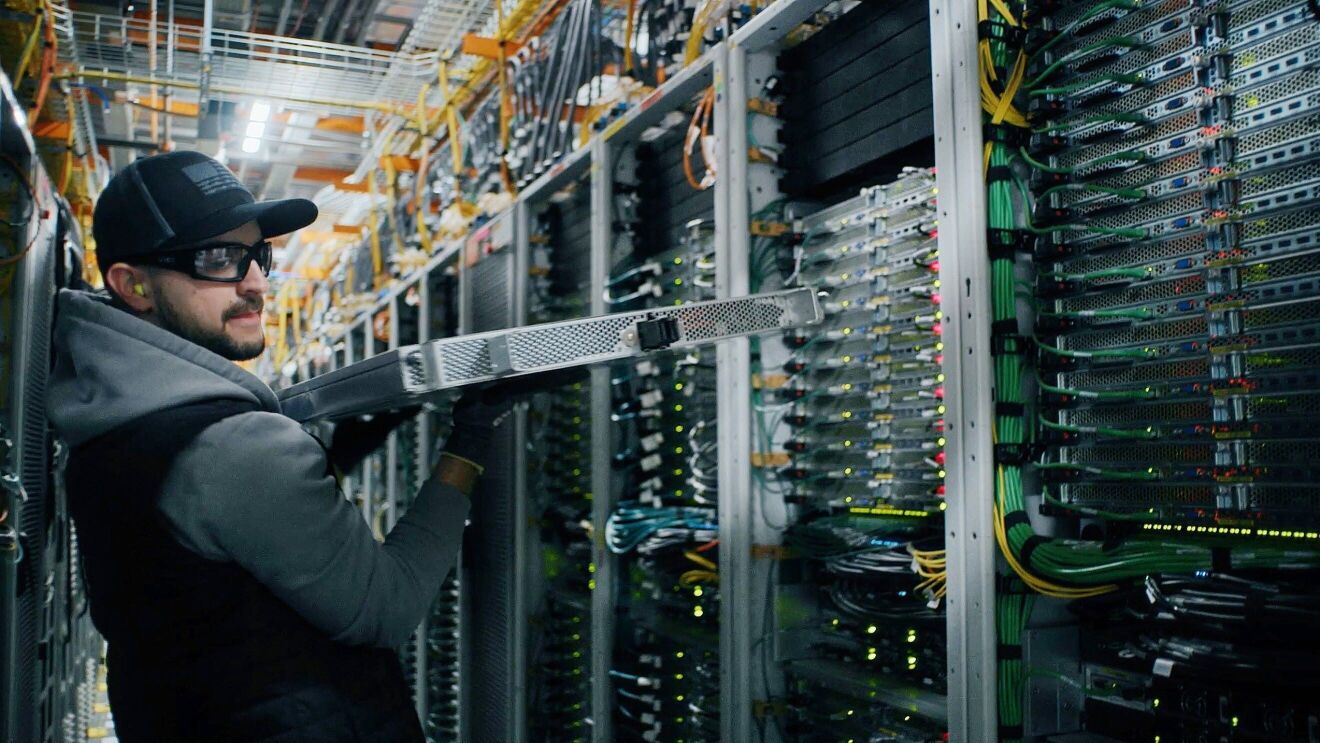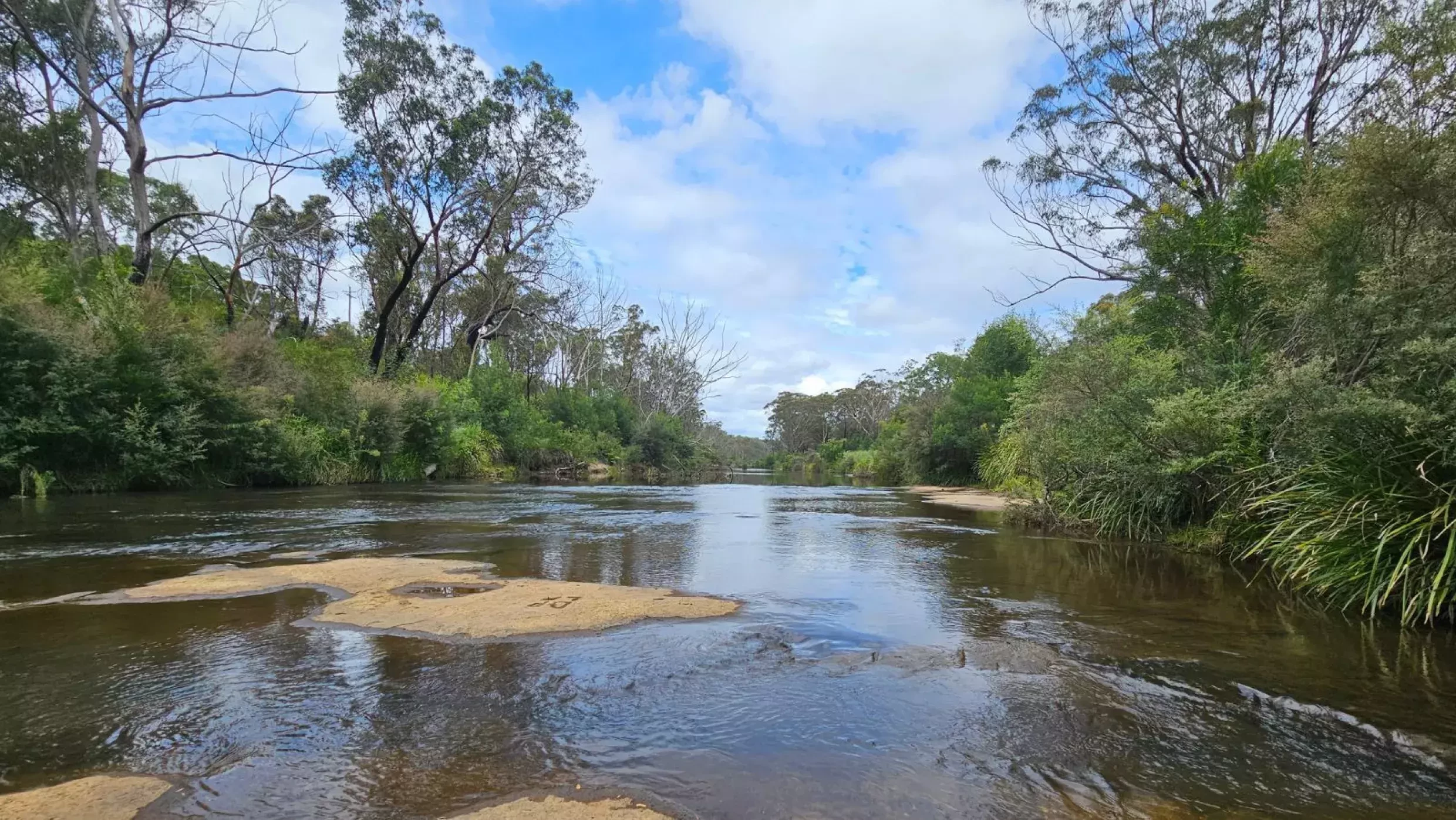Each year, Amazon showcases its progress in becoming a more sustainable company through the release of its annual Sustainability Report.
Here are just a few highlights from the 2023 Sustainability Report.

Each year, Amazon showcases its progress in becoming a more sustainable company through the release of its annual Sustainability Report.
Here are just a few highlights from the 2023 Sustainability Report.
Each year, Amazon showcases its progress in becoming a more sustainable company through the release of its annual Sustainability Report.
Here are just a few highlights from the 2023 Sustainability Report.
In 2019, Amazon set a goal to match 100% of the electricity used across its global operations – including our data centres, corporate buildings, and fulfilment centres – with 100% renewable energy by 2030. By the end of 2023, we met this goal, seven years ahead of schedule, thanks to more than 500 solar and wind projects globally. In Australia, Amazon has now enabled seven renewable energy projects, investing AU$467 million from 2020 to 2022. In addition, we’ve been the largest corporate purchaser of renewable energy for four years running, according to Bloomberg NEF.

In 2023, we lowered our carbon footprint by 3% alongside our carbon intensity which decreased 13%. A declining carbon intensity indicates that we’re successfully decoupling our emissions growth from the growth of our business. The carbon intensity metric allows us to measure how our carbon footprint is changing relative to the growth of the business.

We’re always looking for ways to move faster, innovate, and deliver the best possible experience for our customers, and this requires working closely with those across our value chain. We’ve learned a lot over the years as we’ve worked to build sustainability into Amazon’s operations, and we want to share this knowledge with others so they can benefit from our experience. The newly launched Amazon Sustainability Exchange offers previously proprietary information that will help companies of all sizes take meaningful steps toward net-zero. The Exchange will provide a Measurement and Reporting Playbook detailing how to develop a carbon goal, identifying abatement opportunities, and other insights from our years of measuring and reporting data across Amazon’s global operations.

When it comes to packaging, one of our first priorities has been to eliminate the use of additional Amazon packaging altogether. When that’s not possible, we start with protecting the product—ensuring customers’ orders arrive without damage. From there, we find ways to use less packaging and prioritise recyclable materials. Since 2015, we have reduced the average per-shipment packaging weight by 43% and avoided more than 3 million metric tons of packaging, including nearly half a million metric tons in 2023 alone. In Australia, we’ve more than tripled the number of orders to customers with no added delivery packaging since 2021.

AWS designs its data centres—including servers and hardware—for efficiency, resiliency, and a lower carbon footprint. From the infrastructure that powers its servers to the techniques that keep them cool, efficiency is a primary goal for every part of the AWS Global Cloud Infrastructure. Because of AWS's relentless focus on innovation and increasing efficiency, organisations can significantly reduce the carbon footprint of their AI and machine learning workloads by moving to AWS from on-premises. New research estimates AWS’s infrastructure is up to 4.1 times more efficient than on-premises, and when workloads are optimised on AWS, the associated carbon footprint can be reduced by up to 99%.

We consider the entire lifecycle of our devices—from how we build them to how our customers use and retire them. By the end of 2023, over 67% of our Echo and Fire TV devices globally had Low Power mode—a feature that reduces energy consumption on your Echo smart speaker or smart display and select Fire TV devices when they’re idle. We're continuing to work to deliver updates to bring this feature to older devices that are already in use.

Amazon collaborates with organisations that share our ambition to improve working conditions for people throughout our value chain. In 2023, we launched a partnership with the International Organisation for Migration to promote the rights and socioeconomic inclusion of migrant workers in our supply chain and improve safe labour migration across industries. This year, we enhanced our work on safe and healthy workplaces in our manufacturing supply chain by joining Nirapon and the Life and Building Safety Initiative (LABS). Nirapon is an industry-led initiative focused on promoting workplace safety in factories in Bangladesh. As a member of LABS, an industry initiative focused on mitigating preventable fire, electrical, and structural building safety risks, we are partnering with other brands to increase safety in our apparel supply chain in Cambodia, India, Indonesia, and Vietnam.

Access to clean water is fundamental yet increasingly scarce, and Amazon is taking steps to improve water use efficiency and replenish water sources. In 2023, AWS was 41% of the way toward meeting its goal of being water positive by 2030. This includes investing in 15 water replenishment projects that returned 3.5 billion litres to local communities in 2023. In Australia, AWS is working with the Great Eastern Ranges (GER) — a nongovernmental organisation whose aim is to protect, connect, and regenerate wildlife habitats across eastern Australia—to enhance the health and functioning of the major watershed serving Sydney.

We know that progress will look different every year on this sustainability journey, and as Amazon’s business evolves and grows, we know that our efforts will produce different results. However, we remain steadfast as we invent, adapt, and will our way to meeting our commitment to The Climate Pledge.
Learn more about Amazon's commitment to sustainability, and read our 2023 Sustainability Report here in full.